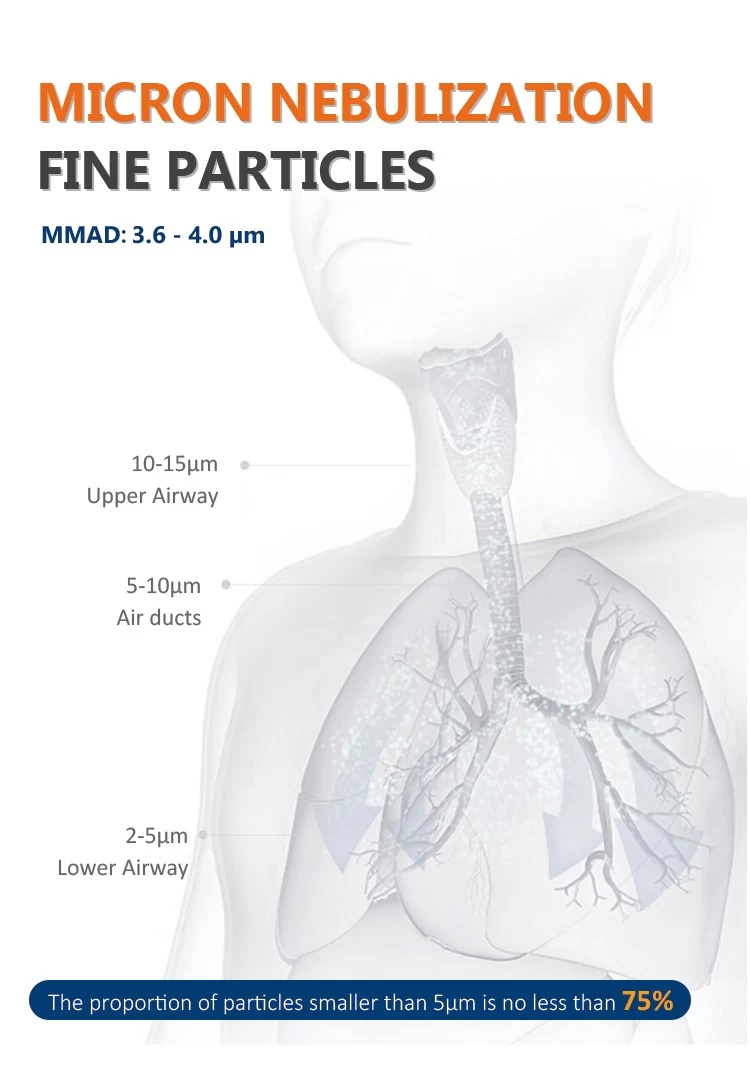- +86-138 4056 0445,+86-151 4027 2439
- info@careagemedical.com
Product Name: Hydraulic Patient Lift Product Model Number: 71910 Width: 590 mm Push Handle Height: 1140 mm Weight Limited: 150 kg
Product Name: Electric Patient Lift Product Model Number: 71970 Width: 590 mm Push Handle Height: 1140 mm Weight Limited: 150 kg
The electric patient lift which can easily move the patient up and down , saving effort and meeting the life needs of the patient. Transfers may be to and from beds, chairs, floor to bed, lateral transfers, bathing, and toileting , and offers a wide selection slings for a variety of lifting situations.
Nebulizers have become essential devices for treating respiratory diseases.
But how exactly should you choose the right one?
Choosing a nebulizer depends on the patient's treatment needs. There are three main types:
1. Ultrasonic nebulizers
They produce a large mist but may not disperse medication finely enough, making them suitable for upper respiratory tract conditions, and not very suitable for infants.
2. Mesh nebulizers
Produce fine mist particles, ideal for depositing in the lower respiratory tract, making them suitable for infants with narrow airways. They are portable, compact, and quiet but rely on batteries, which may need frequent replacement. But tend to clog easily, shortening their lifespan.
3. Compressor nebulizer
The most common and widely used, It produces moderate mist particles that effectively deposit in the lower respiratory tract.
It's suitable for a wide range of medications, cost-effective, durable and ideal for patients requiring long-term nebulization therapy.
Its drawbacks include being slightly noisier than mesh nebulizers and requiring an external power source, making it more suitable for home use.
 |
 |
Once the type is determined, the most crucial aspect to consider is the size of the nebulized particles.
Different sizes of nebulized particles are suitable for different types of diseases, acting on different airways, typically divided into four ranges:
- 10-15μm: Most medication particles will remain in the oral cavity and eventually be swallowed into the body.
- 5-10μm: Primarily effective in the upper airway, suitable for throat-related diseases.
- 1-5μm: Can reach the lower respiratory tract, better suited for asthma, cough, and lung disease nebulization therapy.
- <0.5μm: Although medication particles can reach the lower respiratory tract, 90% will be exhaled out of the airway.
Therefore, the finer the nebulized particles, the higher the deposition rate of medication in the lungs, leading to better treatment outcomes, with the optimal range being between 2-5μm.
 |
In addition, factors such as the nebulization rate, noise level, medication residue, among others, also need to be considered when selecting a nebulizer.
Hence, when choosing a nebulizer, it is essential to carefully consider and balance these factors to ensure that the chosen nebulizer can best meet the patient's treatment needs and provide safe and effective treatment support.